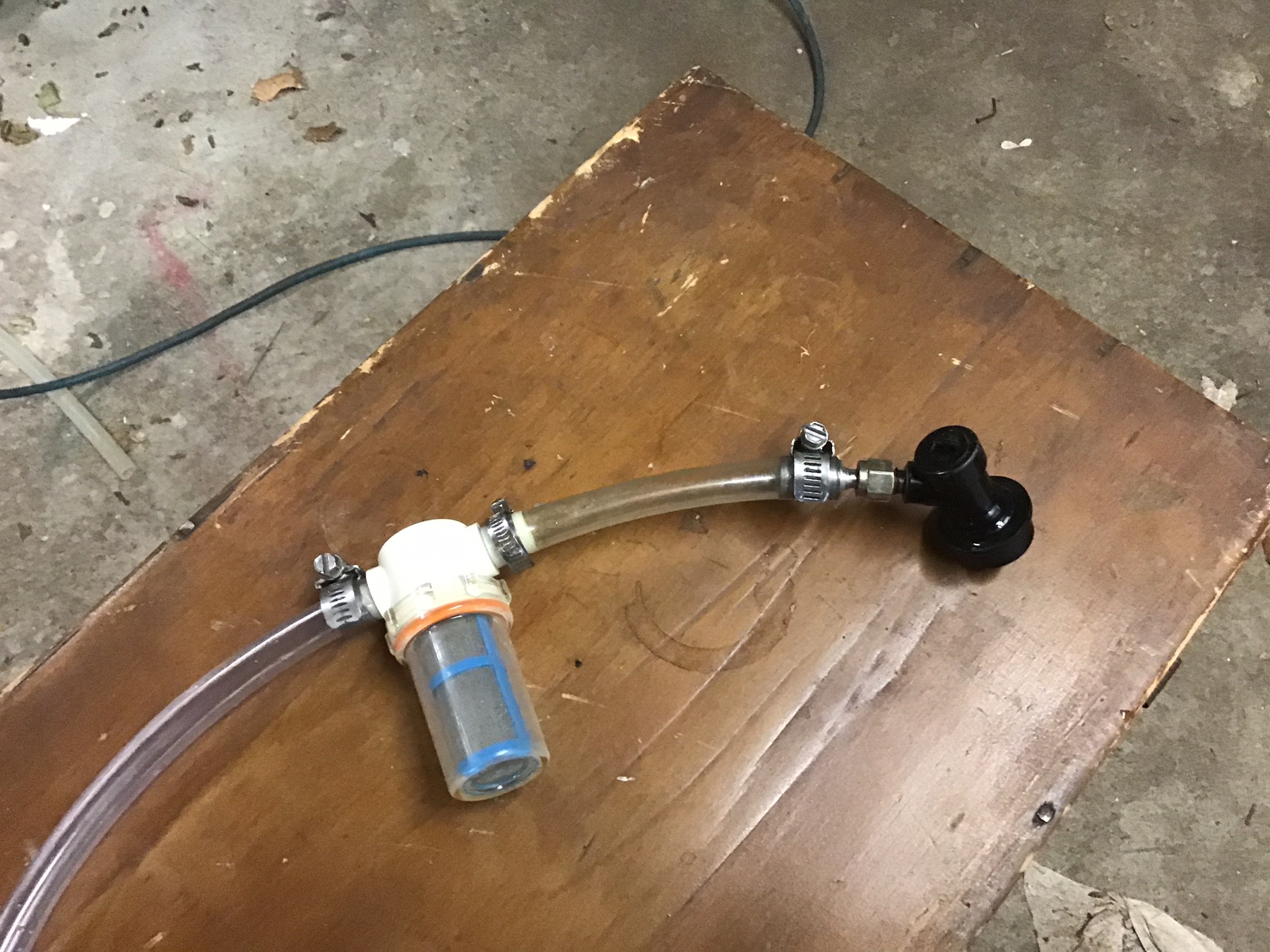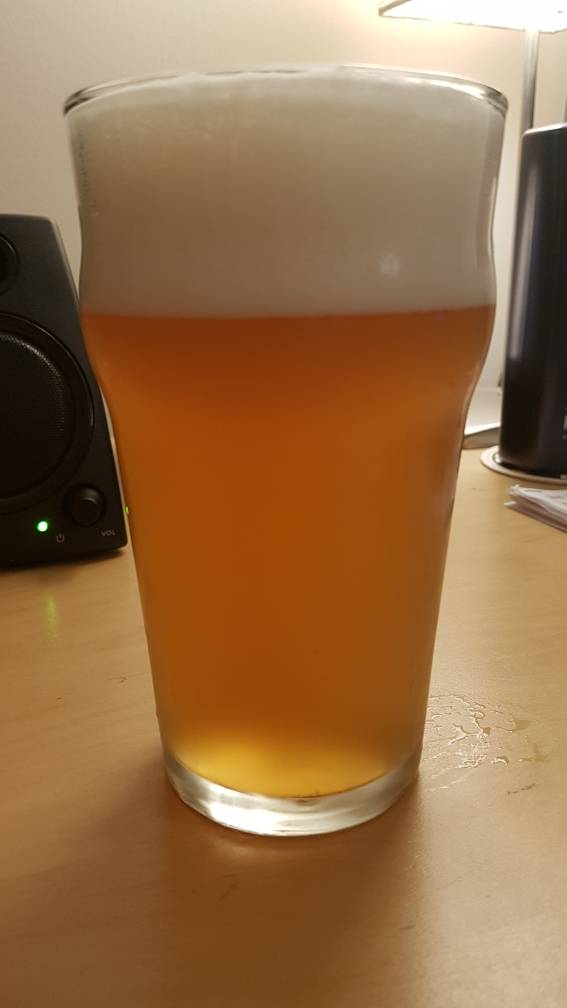You might try a couple other things too. I'm pretty nuts about trying to avoid oxygen post-fermentation, so having to clean a fliter and then restart sounds like a source of O2. I wouldn't use that unless nothing else worked.
A few things you can do to avoid the clogging problem:
1. Purge your lines. If you have a MFL fitting on your QD, you can unscrew that, attach to the fermenter, and then let fly for a few ounces, at pressure. This will flush the racking arm. I do this into a plastic pitcher, and use the beer in that pitcher for a final hydrometer reading.
1a. Usually, though, I use one of these from brewhardware attached in the end of the QD; it opens up the poppet and allows beer to flow right through the QD (again, right into the pitcher).
https://www.brewhardware.com/product_p/ball_lock_jumperpost.htm Once the line is clear, I just remove it, leaving me a line full of beer and no air, which I can then connect right to the keg.
2. You already know about dumping trub to move the level of trub below the racking arm.
3. Crash to a cold temp and settle stuff out of the beer.
4. Overbuild your recipe a bit. I have my racking arm (CF10) pointed straight down; I've never drawn trub into the lines except before I started flushing the racking arm. I overbuild my recipes a bit to account for losses in the trub, mash tun, whirlpool cone, pump and lines, but even so, I'm not sticking that racking arm down into the trub--and I never have ever dumped trub out of the bottom.
I did a beer 2 weeks ago with 1 ounce in the whirlpool and 3 ounces dropped in as a dry hop. No problems racking without drawing hop material into the lines. Now, if I had 10 ounces, maybe that would be a possibility, but if that were an issue, I'd just turn the racking arm a bit sideways until I didn't have any trub.
If you use gaskets like these:
https://www.amazon.com/gp/product/B01MQPH9WW/ref=ppx_yo_dt_b_search_asin_title?ie=UTF8&psc=1 you can loosen the clamp and actually turn the racking arm. (Lube the outsides of the TC fittings and inside the clamp).
But the trick I think is to just overbuild the recipe enough to allow you to get above the trub; then you're not fooling around with any of these other things (other than flushing the racking arm, which you'll have to do regardless).
Anyway, good luck with it.































![Craft A Brew - Safale S-04 Dry Yeast - Fermentis - English Ale Dry Yeast - For English and American Ales and Hard Apple Ciders - Ingredients for Home Brewing - Beer Making Supplies - [1 Pack]](https://m.media-amazon.com/images/I/41fVGNh6JfL._SL500_.jpg)





























